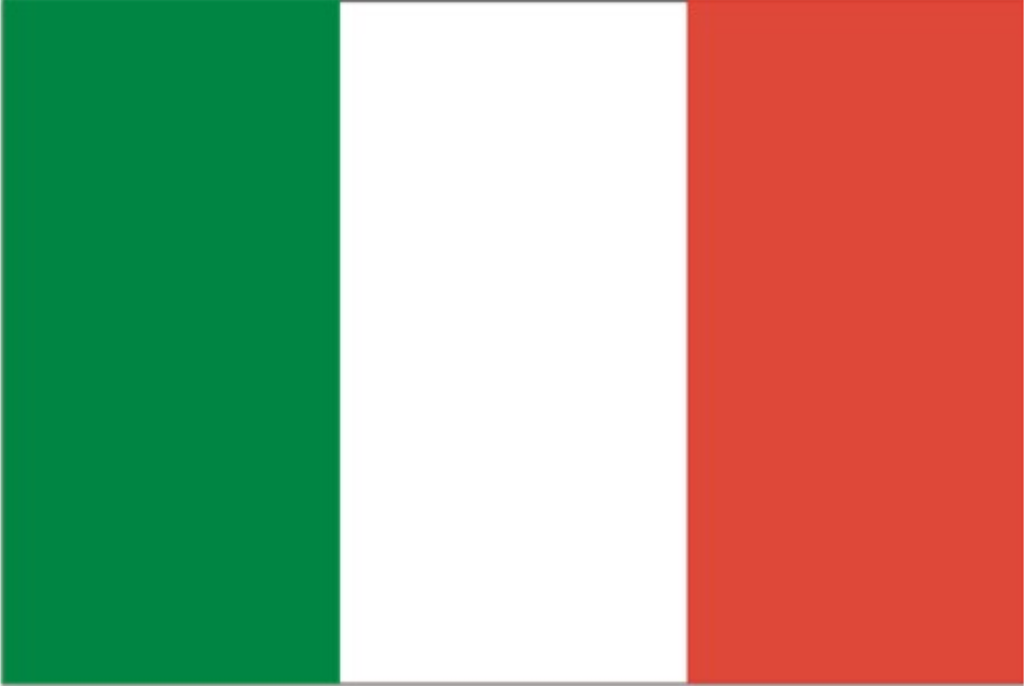Generative Art Explained: What It Is, How It Works, and Why It’s Changing Digital Creativity
In the evolving landscape of digital expression, generative art has emerged as a groundbreaking form of creativity powered by algorithms and artificial intelligence. No longer confined to traditional brushes or software tools, artists today are collaborating with AI to generate unique, algorithm-driven visual experiences.
But what exactly is generative art, and why is it gaining so much attention?
What Is Generative Art?
Generative art refers to art created in whole or in part by autonomous systems, such as algorithms, neural networks, or machine learning models. The artist defines a set of rules, parameters, or prompts—and the AI interprets them to generate original, often unpredictable outcomes.
In most cases, no two pieces are the same.
How Generative AI Tools Work
AI models such as Stable Diffusion, DALL·E 3, or Midjourney are trained on massive datasets of images and styles. When a user enters a text prompt (e.g., “a surreal forest with glowing animals”), the model interprets and transforms it into a new visual composition.
Artists can:
- Use prompts as the basis of creation
- Iterate with multiple outputs and variations
- Apply style transfer, color constraints, or structural templates
Why Generative Art Is Transforming the Digital Art World
- Accessibility: Anyone can create unique visuals without technical or artistic training
- Speed: What once took hours can now be generated in minutes
- Exploration: Artists can test endless styles, concepts, and variations
- New markets: Platforms like OpenSea have enabled AI artists to enter the NFT and crypto art space
Use Cases
- Visual storytelling and book illustrations
- Music album covers and poster design
- Game concept art and virtual world creation
- Fine art collections and NFT drops
Final Thoughts
Generative art doesn’t replace human creativity—it expands it. In 2025, artists aren’t being replaced by AI; they’re collaborating with it to explore the unknown, redefine visual aesthetics, and build new digital frontiers.


